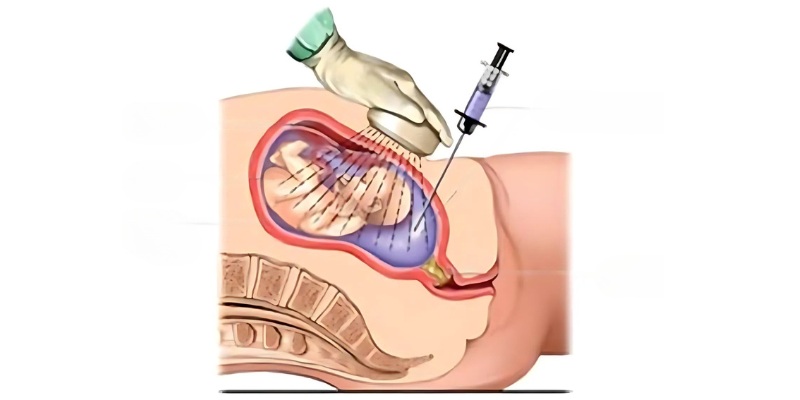
Procedures intended to collect samples for analysis from the placenta (CVS), amniotic fluid (amniocentesis), and foetal blood (cordocentesis) are known as invasive procedures. Parents whose children are believed to be at a higher risk of developing a chromosomal condition, such as Down syndrome (trisomy 21) or Edwards syndrome (trisomy 18), are offered them. Additionally, it is available to parents whose children are at high risk for hereditary diseases such thalassaemia, sickle cell disease, or cystic fibrosis.
Because they have the same genetic composition as the infant, the placenta, amniotic fluid, and foetal blood samples are utilised to diagnose these diseases. For the designated test, the sample is submitted to the lab. While the final complete karyotype result takes around two weeks, the first results for the three chromosomal anomalies are returned in three to five working days. The same sample can undergo more thorough genetic testing based on the indication and scan results. There is a 0.5% chance of miscarriage with these procedures, even though most individuals recover well from the test.
An invasive prenatal test called chorionic villus sampling (CVS) is carried out between weeks 11 and 14 of pregnancy. A little placental sample (chorionic villi) is taken when a tiny needle is introduced through the mother’s belly into the placenta under the supervision of an ultrasound.
After 15 weeks of pregnancy, an invasive prenatal test called amniocentesis becomes accessible. A tiny needle is introduced into the amniotic sac via the mother’s belly under ultrasound supervision, and a sample of amniotic fluid is taken and transmitted to the laboratory.
An invasive test called cordocentesis is performed starting at week eighteen of pregnancy. A sample of the baby’s blood is drawn from the cord after a needle is inserted through the mother’s belly while being guided by ultrasonography. Along with the previously listed criteria, this test is especially useful if the mother’s blood type is rhesus negative.